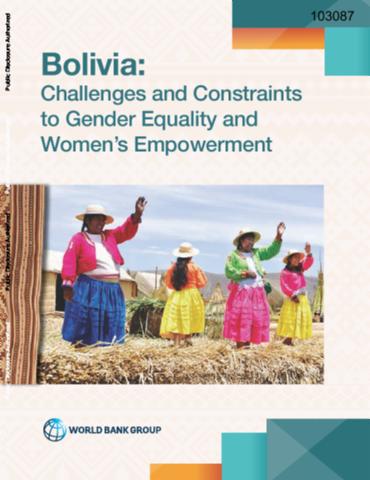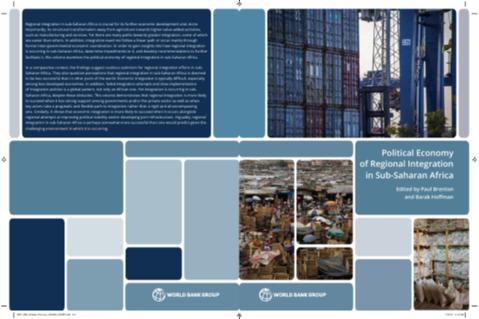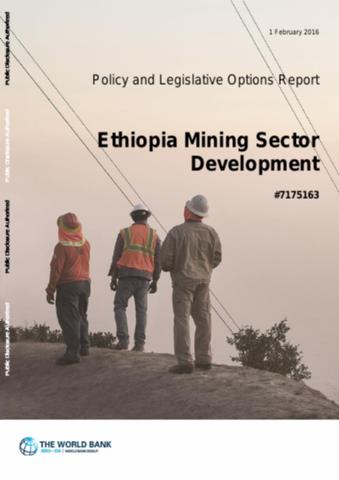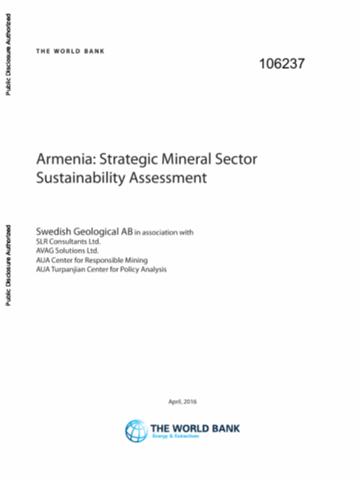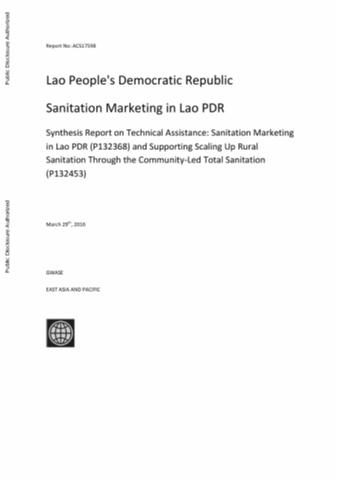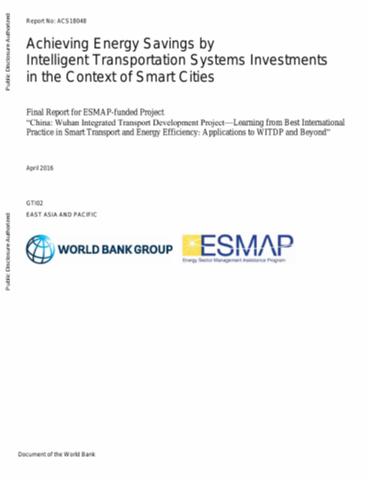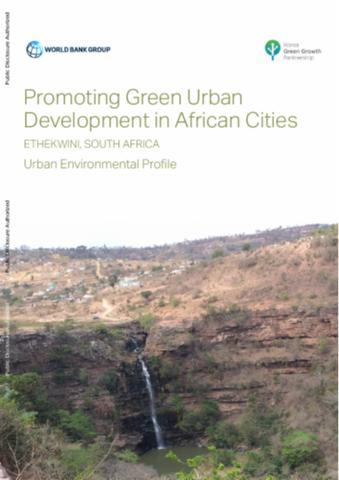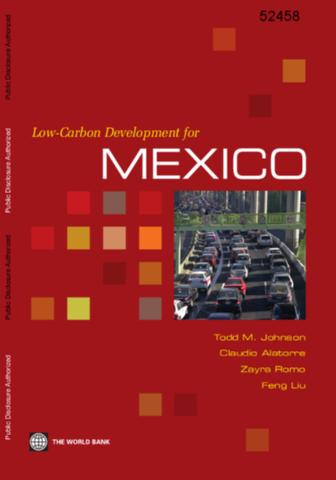
Topics and Regions
Details
Location
Contributions
Displaying 541 - 550 of 630Bolivia
This note aims to provide information and analysis as a basis for a better understanding of the challenges and constraints of achieving gender equality in Bolivia, with a special focus on the intersectionality between gender and ethnicity. Combining and analyzing existing evidence and new data, it seeks to document gender-specific disparities in development outcomes, highlight opportunities and constraints to women’s empowerment, and identify areas in which continuing knowledge gaps are particularly important to understand and address gender inequalities.
Political Economy of Regional Integration in Sub-Saharan Africa
Regional integration in sub-Saharan Africa (SSA) is crucial for its further economic development and, more importantly, its structural transformation away from agriculture towards higher value-added activities, such as manufacturing and services. Yet there are many paths towards greater integration, some of which are easier than others.
Ethiopia Mining Sector Development
Ethiopia has many advantages as a destination for mining investment. These include promising geology, a well-designed fiscal regime, stable government and a growing domestic market. Additionally, it has a well-managed and successful artisanal and small scale mining sector. Under the second phase of Ethiopia’s Growth and Transformation Plan, Ethiopia has the ambitious target for the mining sector to contribute 10% of GDP by 2025. Ethiopia must overcome significant challenges to achieve this target.
Indonesia's Rising Divide
In 2015, Indonesia stands as an increasingly divided country, unequal in many ways. There is a growing income divide between the richest 10 percent and the rest of the population, and this gap is driven by many other types of inequality in Indonesia.People are divided into haves and have-nots from before birth. Some children are born healthy and grow up well in their early years; many do not. Some children go to school and receive a quality education; many do not. In today’s modern and dynamic economy; most do not and are trapped in low-productivity and low-wage jobs.
Water Resource Software
This document provides an overview of how water resource software’s (WRS) are used to manage water resources issues, criteria for WRS selection, and a high level review of WRS currently available that central and state governments of India can use for water management. The water resource issues covered include water allocation and planning, flood management, groundwater management, conjunctive use, water quality, and sediment transport.
Armenia
This report provides a review of the Armenian mining sector, and assesses its potential to contribute to sustainable economic growth and development. Based on the findings, it provides recommendations for initiatives and actions for the future development of the sector. The report was produced in the period October 2015 to April 2016.
Sanitation Marketing in Lao People's Democratic Republic
This report summarizes the results, lessons and recommendations to the Government of Lao PDR from two Technical Assistance projects (TA) “Supporting Demand Creation for Sanitation through Community Led Total Sanitation” and “Sanitation Marketing in Lao PDR” carried out by the World Bank’s Water and Sanitation Program between October 2012 and December 2015. The development objective of the TAs was to increase improved sanitation and hygiene practices and change community behavior to achieve Open Defecation Free (ODF) status at the village level.
Achieving Energy Savings by Intelligent Transportation Systems Investments in the Context of Smart Cities
Faced with the challenge of providing adequate transport services with limited resources, cities have, for several decades, been investing in Intelligent Transportation Systems (ITS). ITS utilize Information and Communications Technology (ICT) to make more efficient use of existing transport infrastructure with the aim of improving transport services and reducing congestion, accidents, and air pollution.
Promoting Green Urban Development in African Cities
The city of eThekwini or Durban has undergone a period of rapid urbanization that has contributed to the degradation of the city’s natural environment. Climate change is placing further strains on the city’s ability to manage the urban environment. The urban environmental profile of eThekwini has been prepared as the first component of the assignment promoting green urban development in Africa: enhancing the relationship between urbanization, environmental assets and ecosystem services, a project being conducted under the leadership of the World Bank.
Low-Carbon Development for Mexico
One of the most compelling reasons for pursuing low-carbon development is that the potential impacts of climate change are predicted to be severe, for both industrial and developing countries, and that reducing greenhouse gas emissions can reduce the risk of the most catastrophic impacts.

